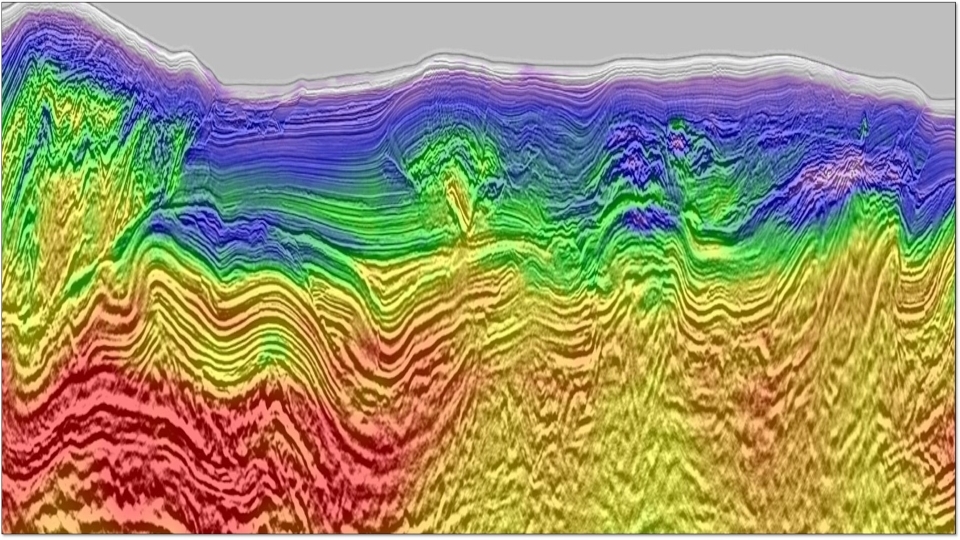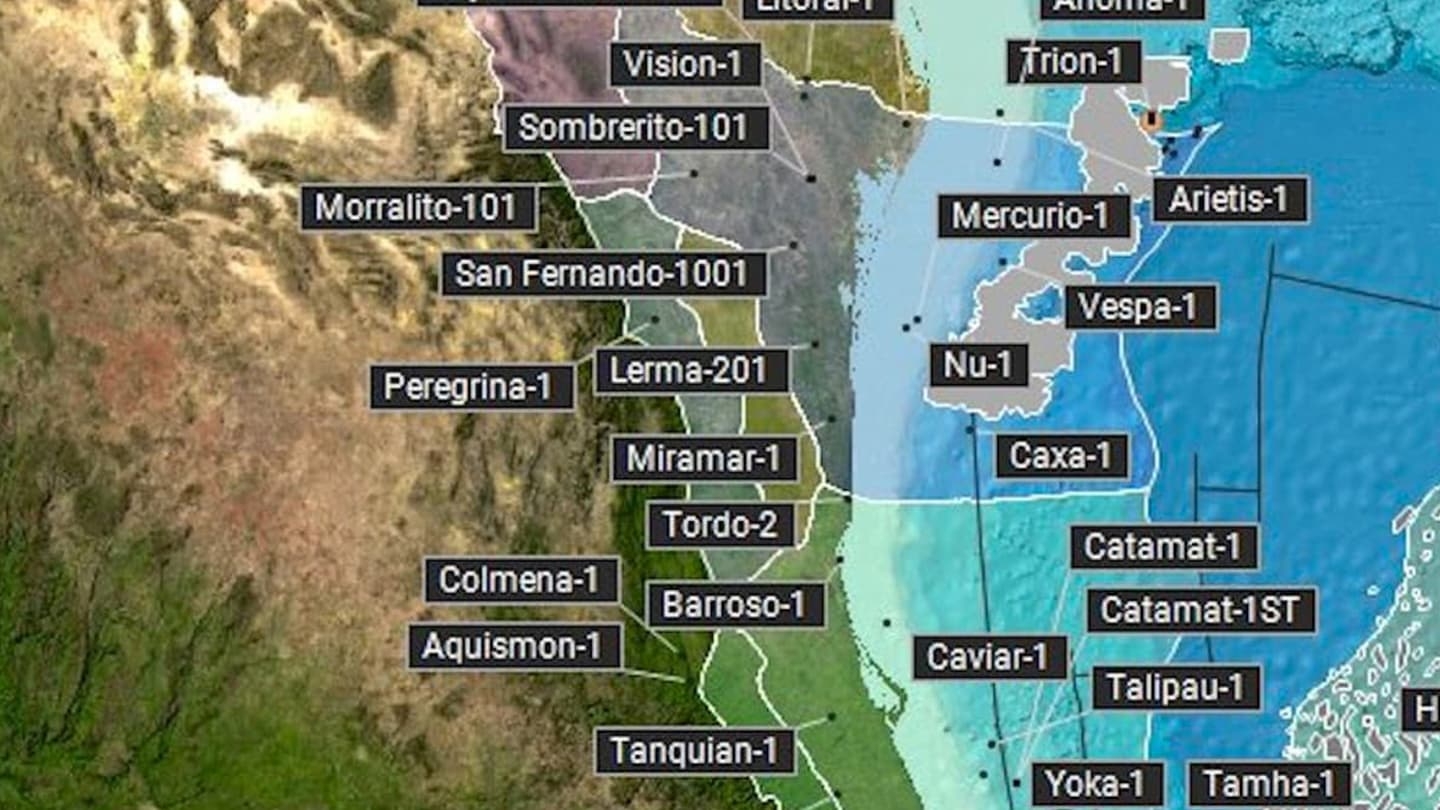Industry Article
Converted-wave beam migration with sparse sources or receivers
Back to Technical ContentGaussian Beam depth migration (GBM) overcomes the single-wavefront limitation of the most implementations of Kirchhoff migration, and constitutes a cost-effective alternative to full-wavefield imaging methods such as reverse time migration. Common-offset beam migration was originally derived to exploit symmetries available in marine towed-streamer acquisition. However, sparse acquisition geometries, such as cross-spread and ocean bottom, do not easily accommodate the requirements for common-offset, common-azimuth (or common offset-vector, COV) migration. Seismic data interpolation or regularization can be used to mitigate this problem by forming well-populated COV volumes. This procedure is computationally intensive and can, in the case of converted-wave imaging with sparse receivers, compromise the final image resolution. As an alternative, we introduce a common-shot (or common-receiver) beam migration implementation which allows the migration of datasets rich in azimuth, without any regularization pre-processing required. Using analytic, synthetic, and real data examples, we demonstrate that converted-wave-imaging of ocean-bottom-node (OBN) data benefits from this formulation, particularly in the shallow subsurface where regularization is both most necessary and most challenging.
Download Resource 
Publications
Geophysical ProspectingAuthors
Lorenzo Casasanta, Sam Gray





